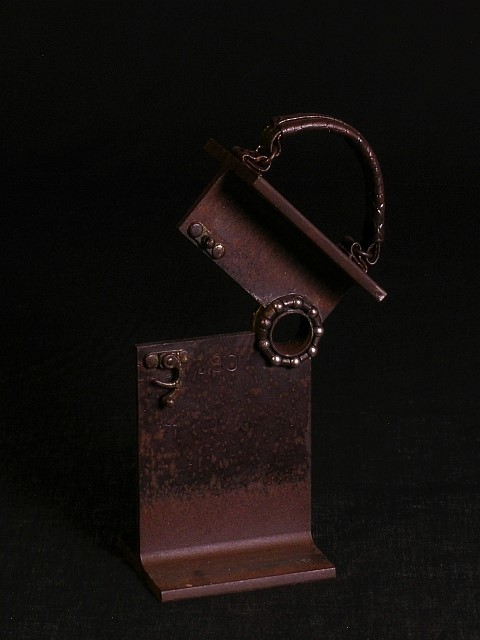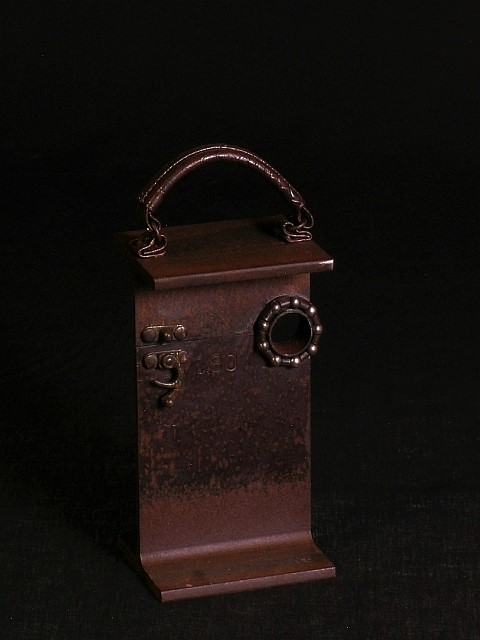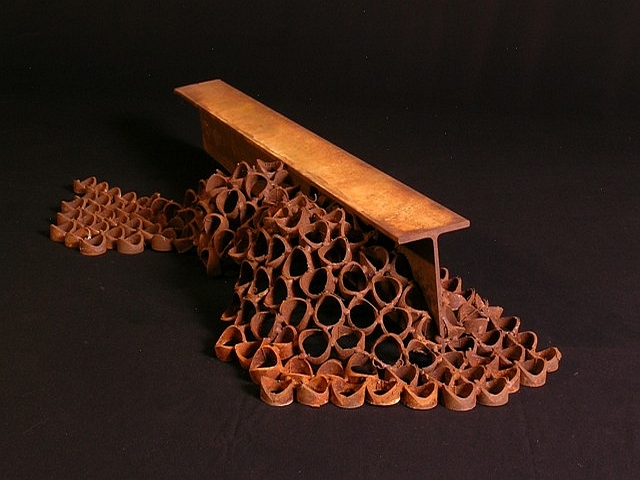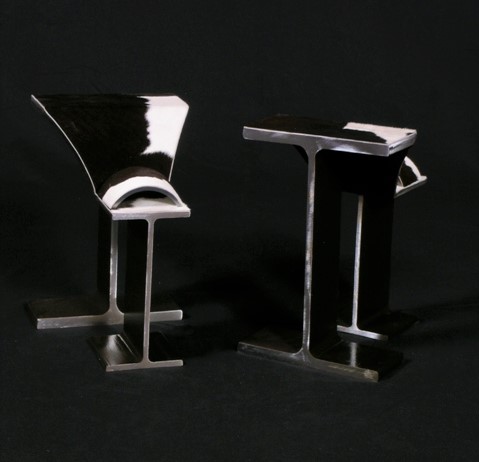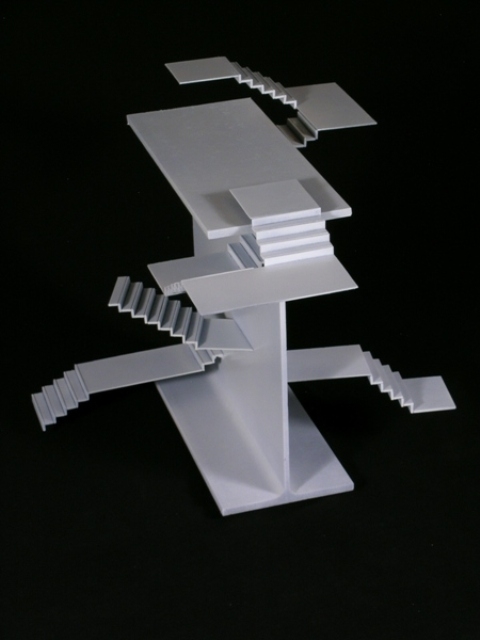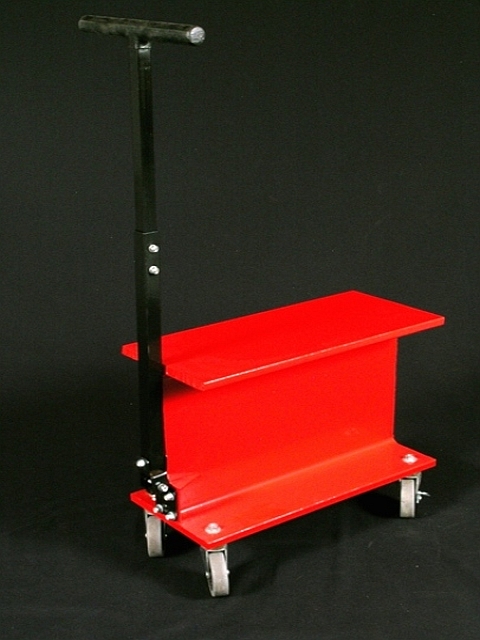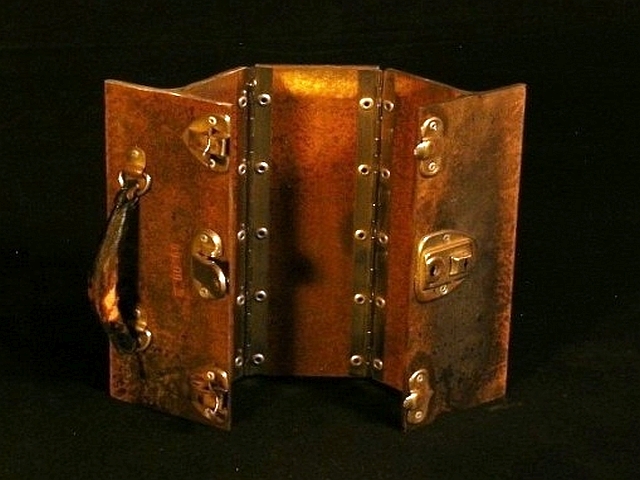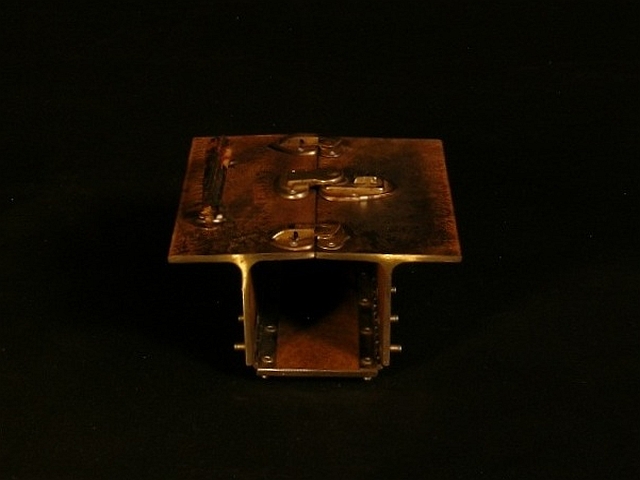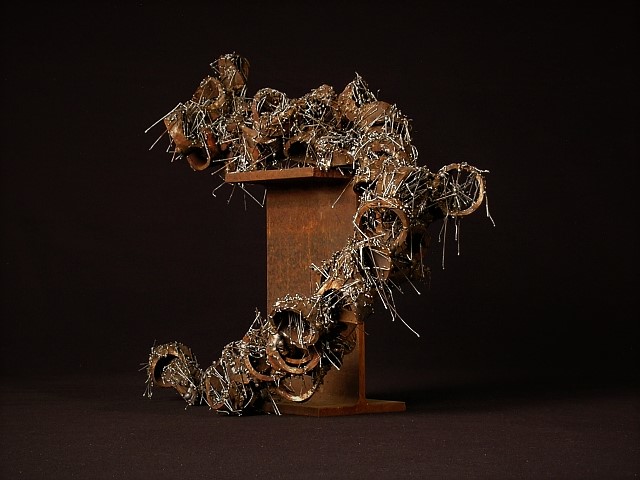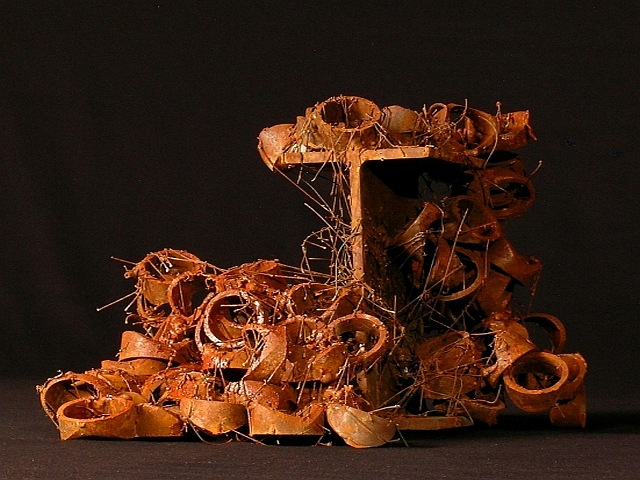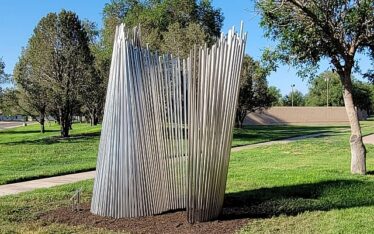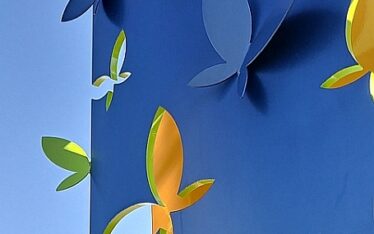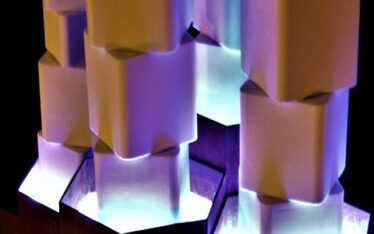The Subterfuge Series
The series is inspired by my early childhood memories growing up in Chicago, where my older brothers and I worked on weekends with my father. We started out restoring old buildings such as churches and schools – architectural relics that needed our pruning and attention – earning ourselves an allowance at the same time. On the way to our family-contracted jobs, my father would drive us down obscure side streets, taking us on impromptu architectural tours. He loved exploring the concept of a building, appreciating each distinctive architectural style, instilling in us an architectural curiosity by asking us: “What would the interior space behind that façade be like?” or “Look at the detail on that building, why would they choose that”? Those were our topics as we meandered in the station wagon, sipping coffee out of styrofoam cups. We also had a 27’ Bayliner boat docked on the southside that continually broke down and had to be towed, thereby allowing us glimpses of the beautiful and majestic relics of the steel plants such as Ryerson, South Works, and Inland on the Chicago River. My eyes became wide open, struck with awe. There began my love of architecture and steel: seeing the enormity of these buildings just sitting as rusty behemoths, but knowing that at one time they had such a powerful unified focus and strength.
Close your eyes and consider for a moment, in your memory, a very commonly published photograph of New York’s Empire State Building as it was being erected in the 1930s. One of those many photos is of the legendary Mohawk (Kahnawake) iron-workers as they walked on an I-beam, sometimes only 12” wide. These pictures are beautifully expressive in their gritty portrayal of the workers’ bravery, casually “walking iron” 1,400 feet above the ground. They have become classic iconic images that framed a new and evolving relationship with steel in architecture. Consider another more modern-day portrayal of steel in architectural design. Although it may be considered more commonplace now, Frank Gehry’s Guggenheim Museum in Spain built in 1997 was, and still is, considered revolutionary. Compared to the Empire State Building, you get the sense that steel is visualized now as a more organic or biomorphic material. Architecturally, we now weave structural steel elements instead of merely vertically stacking them like an early set of Lincoln Logs. The sophistication of modern steel usage has changed the connotation of the material, from something that once was rigid to something that is now more ethereal and elastic.
Mark Knutson
